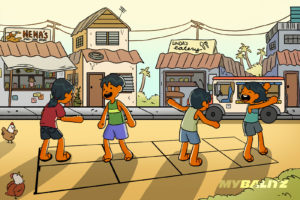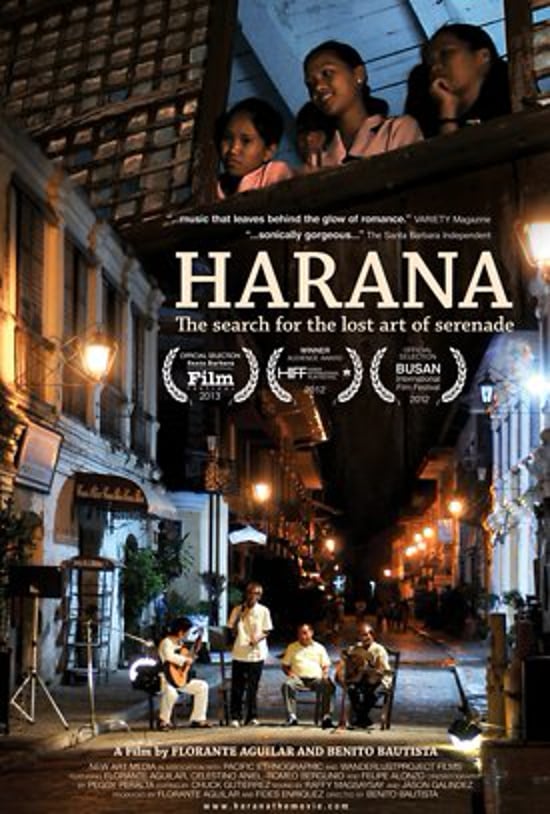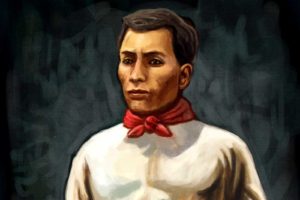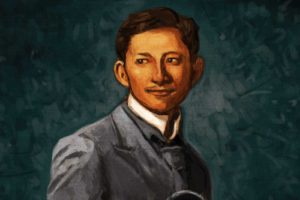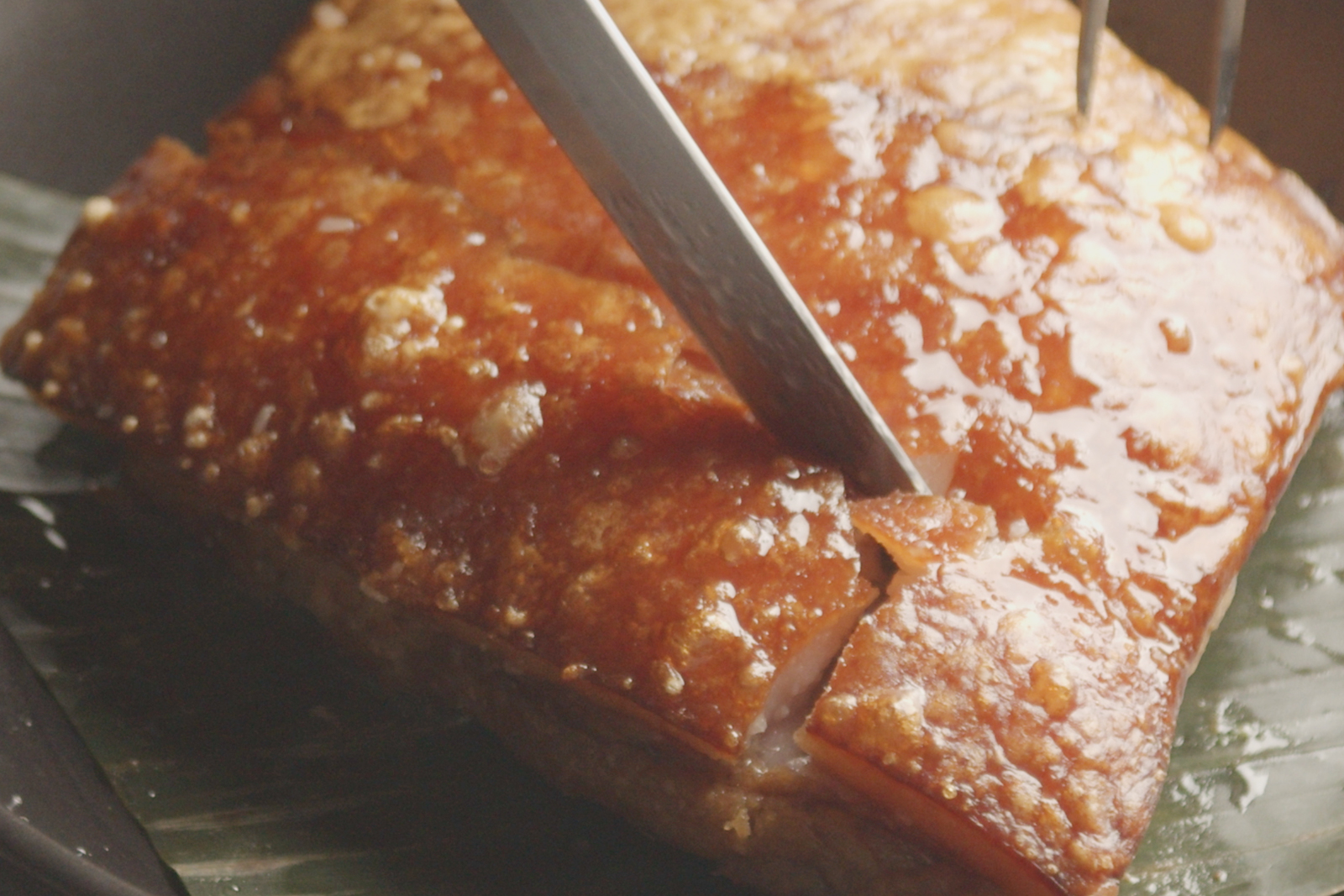
I don’t think anyone would be surprised if you reported you saw a white lady. It’s one of those unspoken rites of passage in Philippine folklore you’d eventually share among your friends. Inevitably, in a circle of friends, one or two would have seen a creature, had a family member victimized by a malevolent duwende, or heard rumors about the kapre living in a nearby mango tree.
Then there would be a few who had seen a white lady in their midst.
It’s strange how common the white lady is. Unlike these other Philippine creatures, the white lady can be found all over the world — with the same appearance and legend on how they came to be. Discrepancies are minimal. From Brazil to the United Kingdom, the white lady exists as an urban legend or part of a place’s folklore.
In some countries, she has a history going back centuries, way back to the medieval era. Even then, she is clad in white (hence her name) and has long, flowing hair. Her beauty is enchanting, and her history tragic. The white lady, when she had once lived, had injustice fall upon her. There could be unrequited love, a marriage undone by adultery, a lost baby, suicide, or in some of the extreme cases, violence, murder, and rape.
In some countries, she has a history going back centuries, way back to the medieval era. Even then, she is clad in white (hence her name) and has long, flowing hair.
The white lady, then, is tethered to the earth through grief or desire to exact revenge.
But this doesn’t mean that there are only similarities. The white lady is still unique in each place she exists.
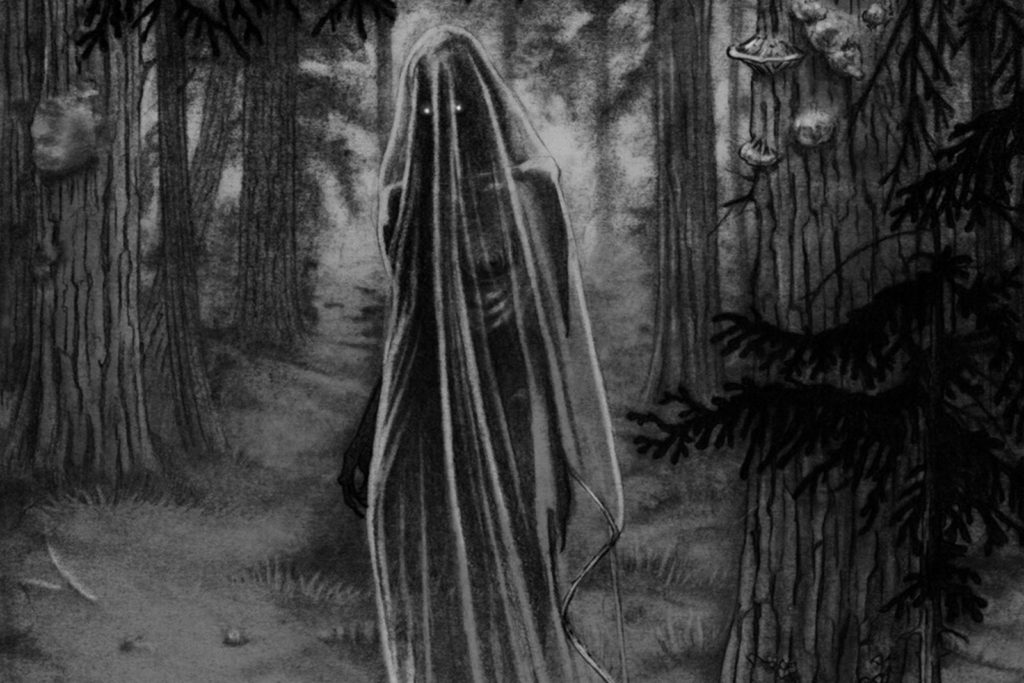
In the Philippines, the white lady (also called the kaperosa) is most notorious in Balete Drive, Quezon City. The stretch of road offers legends up to the human imagination. It is often dark, with unlit street lamps and shrouded by large trees. An enormous, gnarled balete tree and a Spanish ancestral home located in the area only contributed to the local folklore. According to the legends, taxi drivers would spot a young woman in a white dress walking along Balete Drive. Concerned drivers stop and ask if she wants a ride. In some stories, she seems to be waiting for them to stop herself.
After getting into the backseat, the driver would ask where she was headed. After several minutes of silence, the cab driver would look into the rearview mirror. Two things could happen: one, the woman would be bloody and staring intensely into the driver’s eyes through the mirror, or two, she would simply evaporate into thin air.
Another story I’ve heard was that the young woman would get in, direct the driver to her home, and then disappear once they stopped by the gate. Upon seeing the taxi parked in front of their home, an expectant family member would come out. They’d explain that it was a long-deceased relative haunting drivers in search of her murderer.
The white lady of Balete Drive’s legend goes back to the 1950s. It’s reported that a taxi driver had brutally raped and killed a young student from the nearby University of the Philippines – Diliman, before disposing of her remains in Balete Drive. Ever since then, the victim had haunted taxi drivers. She’d stop them for a ride and get into the backseat before completely disappearing.
The white lady of Balete Drive’s legend goes back to the 1950s. It’s reported that a taxi driver had brutally raped and killed a young student from the nearby University of the Philippines – Diliman, before disposing of her remains in Balete Drive.
While morbid, it persists as a mere story. There have been reports that a journalist wanting to incite sensationalism wrote up the article about Balete Drive. Still, however false those accounts may be, it isn’t enough to dispel the lingering whispers about the white lady in the Philippines.
The same stories repeat throughout the city and in the rural areas: in the University itself, along shadowy highways, in long-abandoned houses, within the forest. In some instances, you do not see the white lady, but you can hear her: screaming, pleading, wanting to be understood.
Evasco sums it up well in Sa Pusod ng Lungsod: Mga Alamat, Mga Kababalaghan Bilang Mitolohiyang Urban:
“Lahat ng mga babaeng ito ay biktima ng iba’t ibang uri ng karahasan sa lungsod: panggagahasa, panloloko ng kasintahan, at maagang pagbubuntis na wala pang kasal. Ang lungsod ay isang halimaw na nagtatakda sa babae kung ano ang tama o mali, malinis o marumi, marangal o nakakahiya.”
All these women are victims of different instances of violence in the city: rape, adultery, or early pregnancy with no marriage in sight. The city is a monster that dictates what is right or wrong, clean or indecent, honorable or shameful.
I fear more malevolent creatures in Philippine folklore that I may anger. But I have little fear of the white lady. I know she exists, haunting the sites that led to her grief and misery. I pity her, and I am angry with her. I grieve that these spirits exist.
Instead, I have more fear of the streets I walk at night. I fear the shadows, a group of boisterous men nearby. I fear labyrinthine highways and dark tunnels, the city’s fast-paced turns, and how it can become a monster on its own.
References:
When was the last time you saw the Lady in Balete Drive?, Jeans Cequina (2020) retrieved:
https://pop.inquirer.net/101667/when-was-the-last-time-you-saw-the-lady-in-balete-drive
Sa Pusod ng Lungsod: Mga Alamat, Mga Kababalaghan Bilang Mitolohiyang Urban, Eugene Y. Evasco (2000)
The Story Behind the White Lady in Balete Drive, Shaina Sanchez (2013)
The History of the White Lady: An International Ghost, Mario Alvaro Limos (2019), retrieved from:
https://www.esquiremag.ph/long-reads/features/white-lady-ghost-history-a00293-20191113-lfrm







